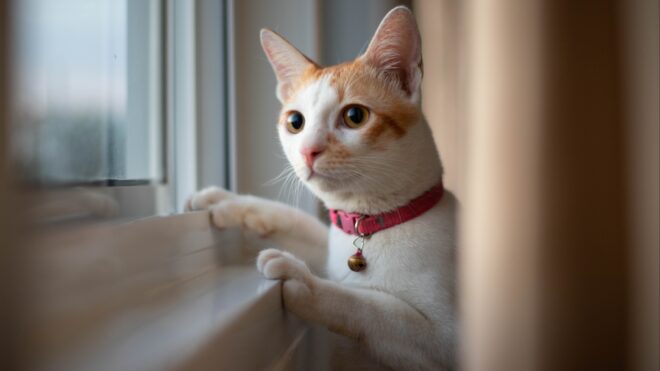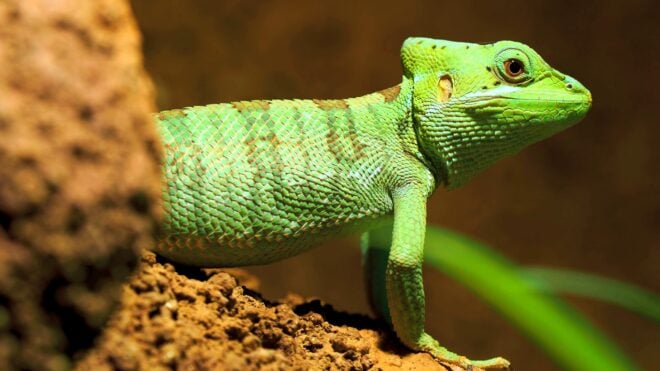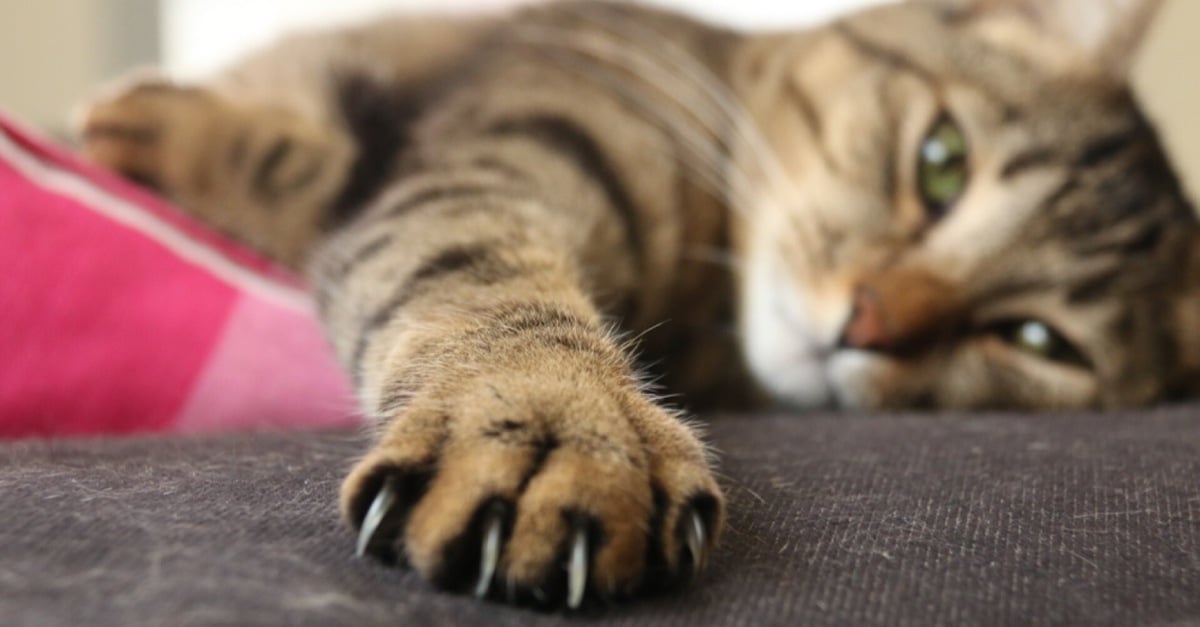
Cats in New York can breathe a big sigh of relief. Thanks to a new bill, declawing is now illegal in the state.
New York is officially the first state in the US to ban the declawing of domestic cats. Governor Andrew Cuomo signed the new bill into law on Monday, and it takes effect immediately. Pet owners who disregard the bill can face a fine of up to $1,000.
"Declawing is a cruel and painful procedure that can create physical and behavioral problems for helpless animals, and today it stops," Governor Cuomo said in a statement.
Animal lovers are rejoicing over the news, as many believe that this controversial procedure is unnecessary and "barbaric."
Assembly member Linda B. Rosenthal, who first introduced the bill, hopes that New York will serve as a model for other states to do the same.
"There is no reason to allow this barbaric practice to continue, not here in New York or anywhere," Linda said.
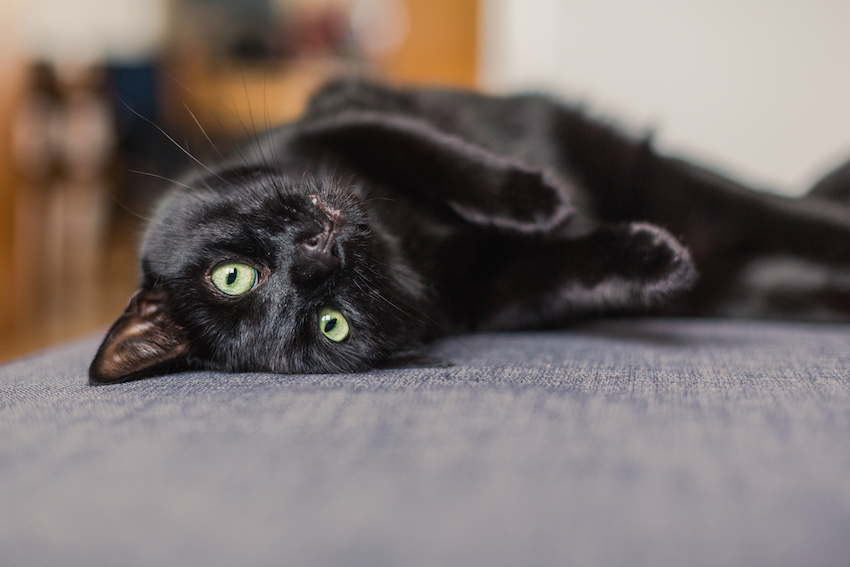
Declawing is a highly controversial issue for cat owners. It's a more invasive practice than many people realize, as it doesn't simply involve removing the nails themselves.
"Too often, people think that declawing is a simple surgery that removes a cat's nails — the equivalent of having your fingernails trimmed," the Humane Society of the United States explains. "Sadly, this is far from the truth."
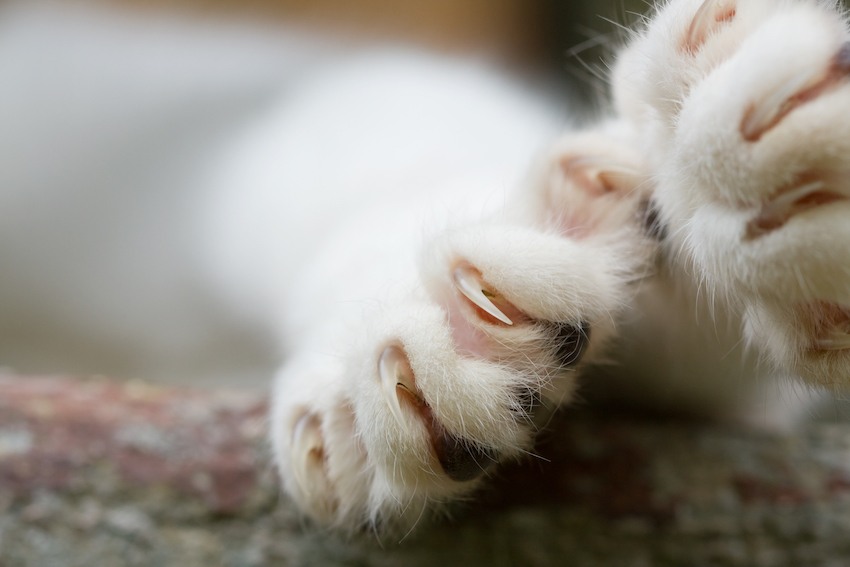
"Declawing traditionally involves the amputation of the last bone of each toe. If performed on a human being, it would be like cutting off each finger at the last knuckle."
Many animal advocates, including the Humane Society and PETA, oppose the practice. They assert that such a major procedure should be saved for the rare scenarios when it's medically necessary. Not wanting your cat to scratch is not a sufficient reason.
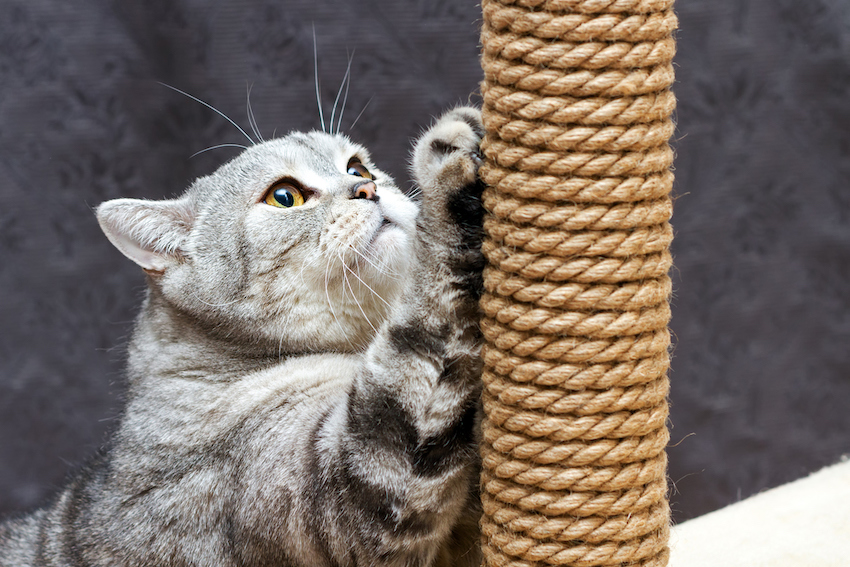
Scratching is a natural, normal, and healthy behavior for cats. It removes the dead husks from their claws and stretches their muscles. Most cats can be redirected to scratch specific objects, especially if they're trained from kittenhood.

Declawing can also lead to way more negative side effects than unwanted scratching. It can cause lasting physical problems, make cats more likely to bite, and make them less likely to use the litter box. Many countries have banned declawing for all of these reasons, but the US still hasn't.
As of last week, New York is now the first state to do so.
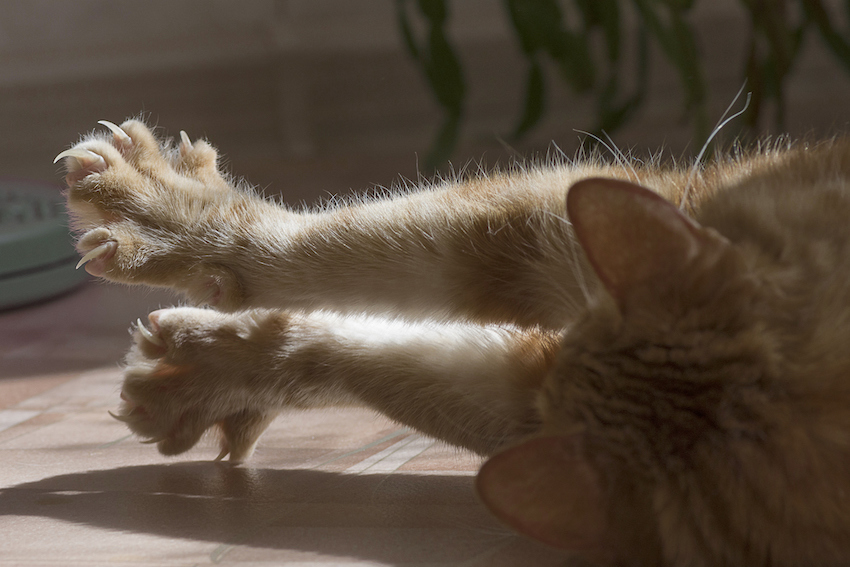
Governor Andrew Cuomo signed the bill into law on Monday. It takes effect immediately.
"By banning this archaic practice, we will ensure that animals are no longer subjected to these inhumane and unnecessary procedures," Governor Cuomo wrote in a statement, per People.
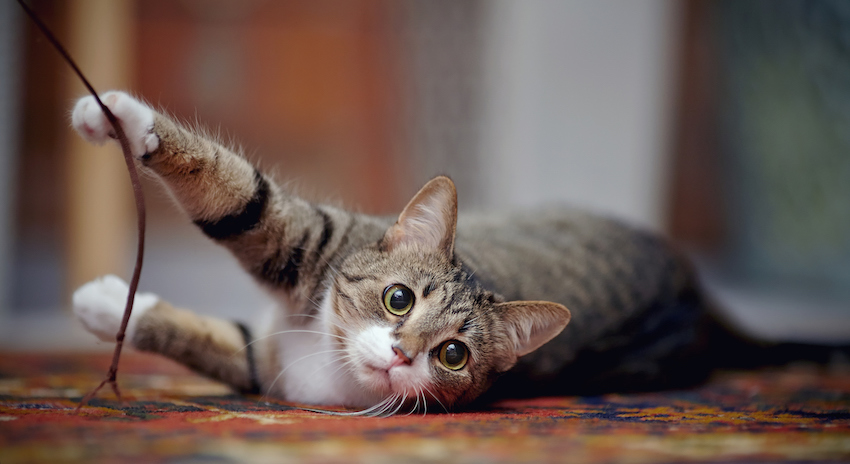
While cities like Los Angeles and Denver have also enacted declawing bans, this is the first statewide ban in the country. New York legislators are hoping that their bill has a ripple effect on other states.
"New York prides itself on being first. This will have a domino effect," said Linda Rosenthal, the bill's sponsor in the state assembly, according to People.
Linda first proposed the legislation in 2015. She told Gothamist that she's "overjoyed" that it has finally passed.
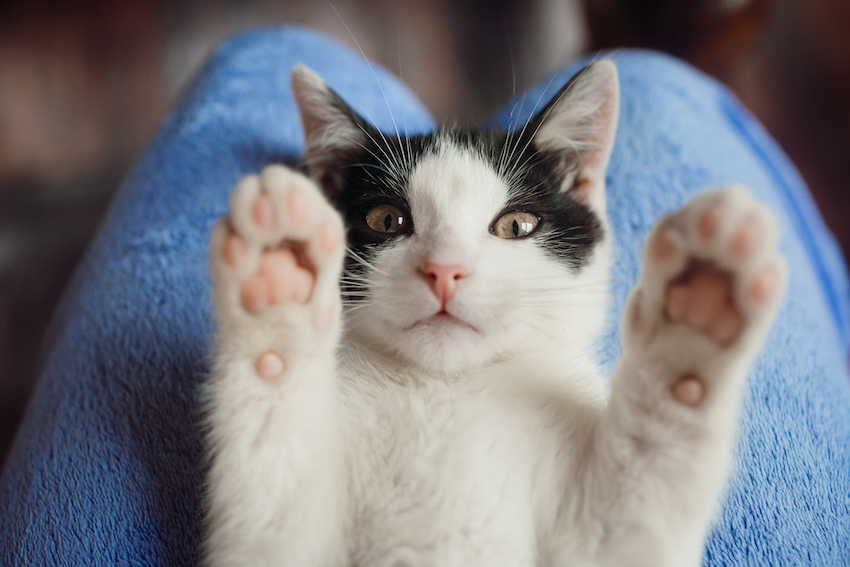
"Today is [the day] cats and animal lovers have been looking forward to for years," Linda said. She is the owner of two cats.
The animal community is far from unanimous on this topic, though. The American Veterinary Medical Association (AVMA) and the New York State Veterinary Medical Society (NYSVMS) are both opposed to the new bill in New York.
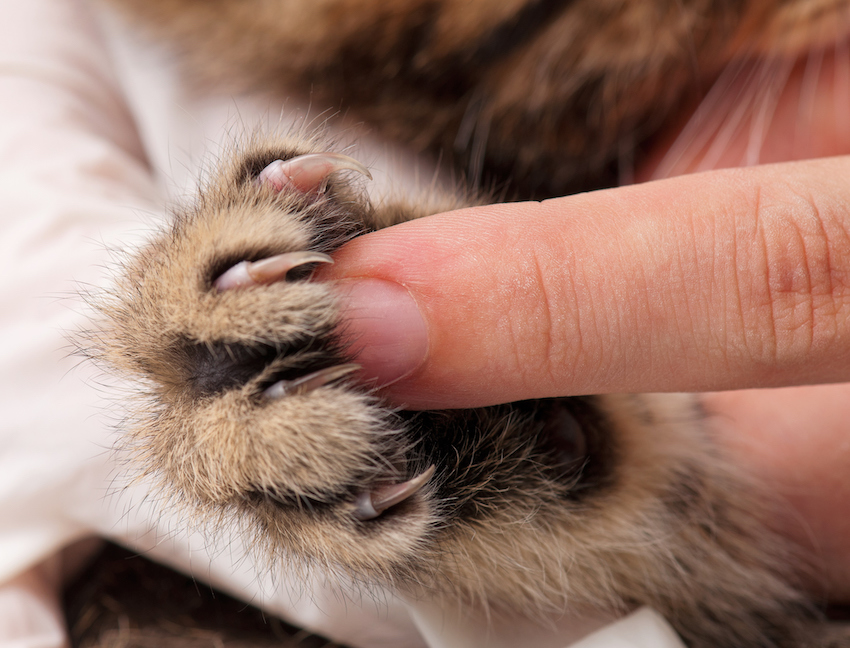
"NYSVMS opposes any legislation that would prohibit the procedure in New York State and erode the ability of a licensed veterinarian to practice his or her profession," the organization said in its 2019 legislative agenda.
The AVMA agrees. It says that there are certain instances when a declawing surgery is warranted.
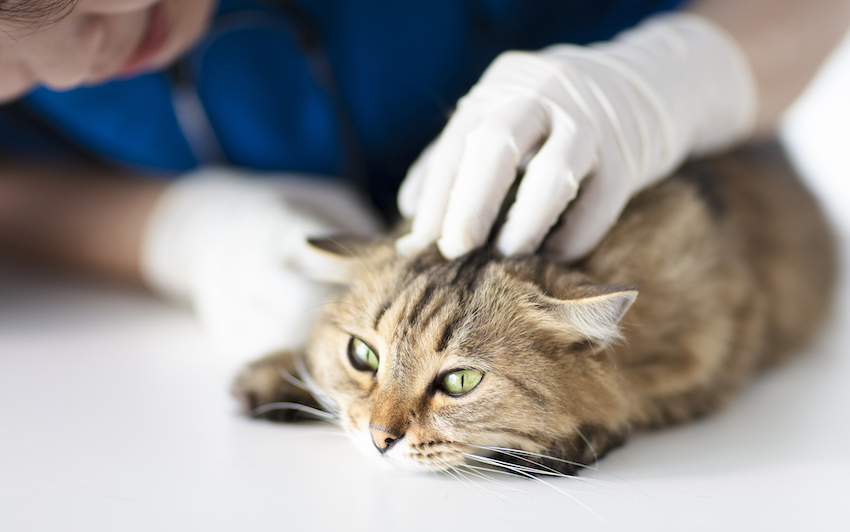
Declawing "should be considered only after attempts have been made to prevent the cat from using its claws destructively or when its clawing presents an above normal health risk for its owner(s)," the AVMA says.
Both organizations believe that the decision to declaw should be left up to individual pet owners and veterinarians.
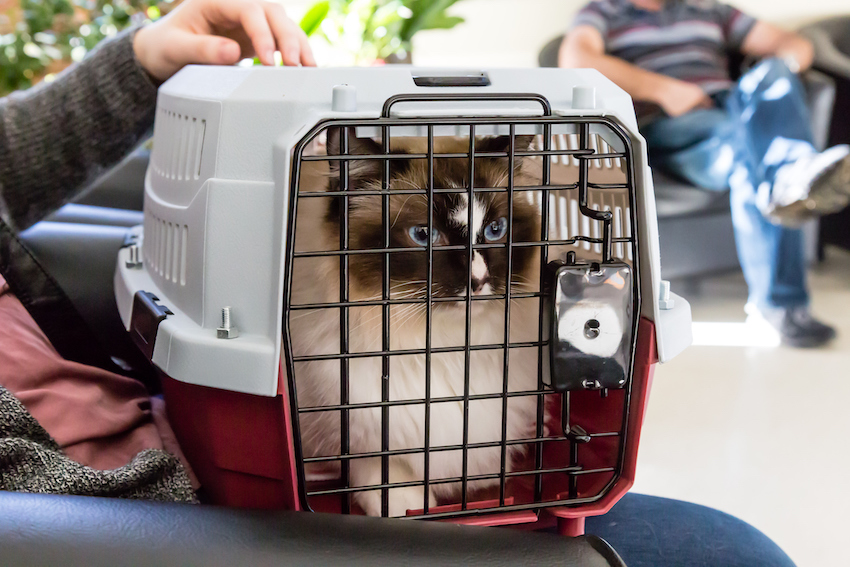
"Medical decisions should be left to the sound discretion of fully trained, licensed and state supervised professionals," Dr. Peter Soboroff, a veterinarian at New York Cat Hospital, told Gothamist. "I believe that though the majority of vets dislike this surgery, most nonetheless feel it's a decision best made in a vet/client/patient relationship, and not something to be legislated."
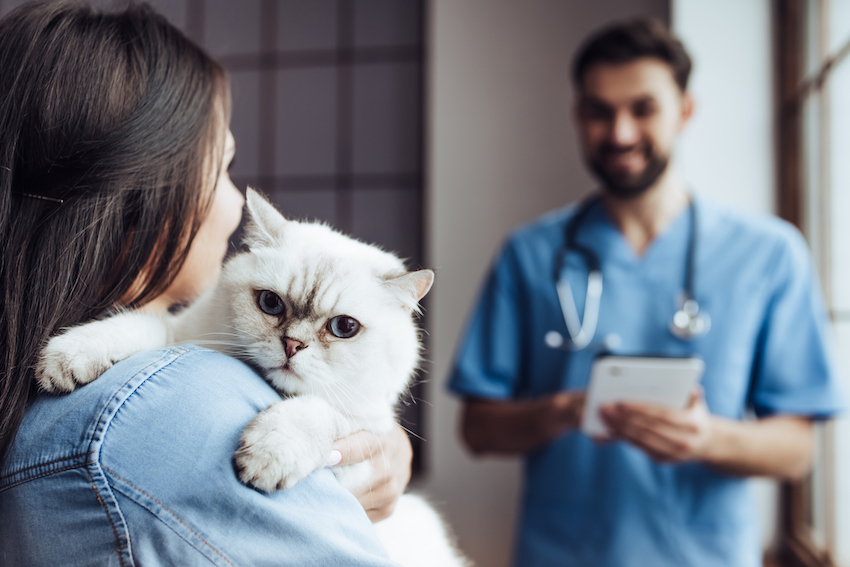
To be fair, the new bill does take special circumstances into account. The text says that there are exceptions to the ban for declawing for "therapeutic purposes." That may include an existing or recurring illness, infection, disease, injury, or abnormal conditions in the claw that compromise the cat’s health.
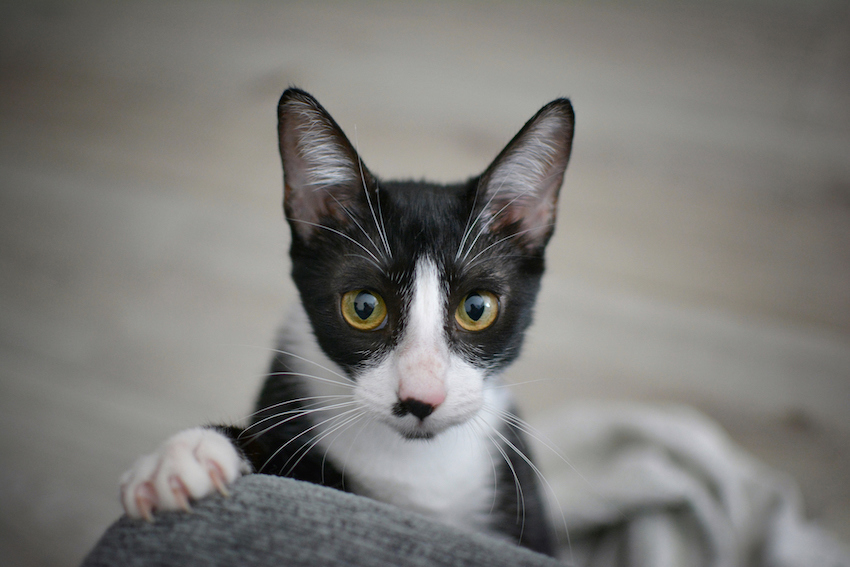
So if a cat has a tumor that affects the claws, for example, a declawing procedure would be legal.
Anyone who is caught declawing a cat for reasons not covered under the list of exceptions could face a fine of up to $1,000.
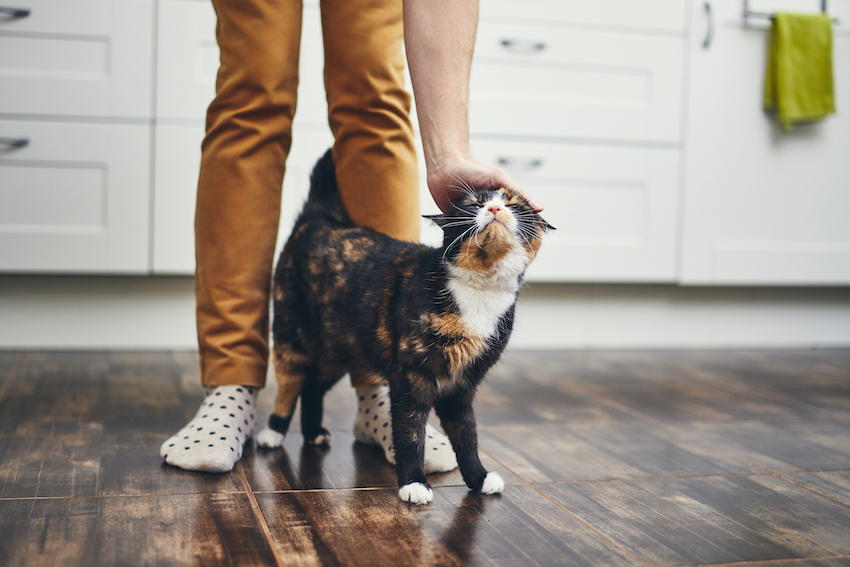
That domino effect may have already gotten started, whether everyone agrees with it or not. Massachusetts is now considering its own ban, and other states may follow suit.


